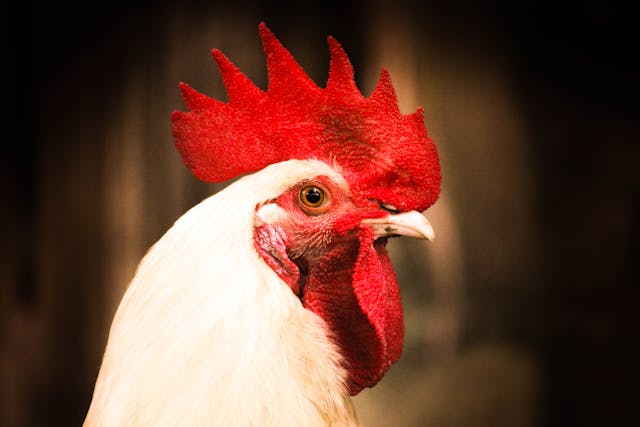
Why do birds eat rocks? Birds eat rocks to grind up their food so that they can digest it more easily.
Most birds swallow rocks, and the size of rocks they eat depends on the size of the birds. A small bird like a swallow will have tiny pieces of grit, and a large bird like an ostrich will have stones the size of a golf ball and sometimes even larger. Ostriches have been found with over 3 kg of rocks inside them. The rocks that are swallowed by animals are called gastroliths, and birds aren’t the only animals that eat them. However, the reason why birds swallow rocks is known, while the reason many other animals swallow rocks is not so clear. The word “gastrolith” comes from the Greek words “gaster”, which means “stomach”, and “lithos”, which means stone. We use “gaster” to mean stomach in medicine as well. A gastroscope is a stomach camera. And in food as well. A gastronome is someone who is fascinated by food and cooking, or by their stomach.
Birds generally swallow rocks because they don’t have any teeth. When you or I eat something, our teeth do the hard work of tearing and grinding up the food before we even swallow it. If we chew properly, the food should be an easily digestible pulp before we even swallow it. Birds don’t have the luxury of teeth. Fossils show that some birds used to have teeth, but they don’t anymore. The reason why they evolved away from having teeth is because they can develop and hatch from eggs more quickly. Also, teeth would make their heads heavier, which would affect their aerodynamics. Instead of having teeth, they evolved to be able to use rocks to do the job of teeth.
Birds have evolved something called a gizzard. The purpose of the gizzard is purely to grind up food. It is a stomach that has thick walls and a lot of muscles. The gizzard is below the stomach in birds, and when they swallow food, it goes into their real stomach first. After a while, whatever isn’t digested is passed on to the gizzard. Any stones or gravel that the bird has swallowed will also pass into the gizzard. The walls of the gizzard can contract, and the movement churns the stones and the food up. The hard rocks pound and grind the food, breaking up any hard foods like seeds. Once the food has been ground to a pulp, it is passed back to the main stomach to continue being digested. The motion in the stomach and the grinding is so severe that even rocks such as granite get ground down. When the stones are too small to be of use anymore, the bird either regurgitates them or excretes them. Interestingly, some dinosaurs also had gizzards and gizzard stones have been discovered. Although considering the connection between dinosaurs and birds, that is perhaps not so surprising. Dinosaurs that had gizzards were all herbivores, and they had gizzards and stones because their teeth were not tough enough to grind up the enormous quantity of plant matter they needed to eat. I can’t imagine the size or the quantity of rocks they would have needed to eat.
There are a lot of other animals that eat rocks, but no one really knows why. Crocodiles eat rocks, as do a lot of other reptiles. Some mammals eat them as well, such as seals and whales. Some fish do as well. Nobody really knows the reason why. It could be to aid with digestion, but experiments on crocodiles show that the rocks they eat don’t get worn down as they do with birds. This would indicate that they are not being used to grind anything. There are several theories, but no actual evidence. The first theory is that they do use the rocks to help them digest, but only when they have a lot of food. That would explain why the stones are not worn down. If that were the case, animals like seals would need the stones for the summer, when they are fattening up for the winter, and there are a lot of fish about, but there is no way to really test this. Another theory is the exact opposite. They might need the stones to help them feel full when they don’t have a lot of food. The stones would take up space in their stomachs and make them feel fuller. Again, that is not easy to test. A third theory is that they use the stones for ballast. Crocodiles float in the water, and they might be too light to stay submerged. Stones could help them sink. Likewise, seals would have more difficulty swimming down at the end of the summer when they have more fat because fat is less dense and floats. They would have to regurgitate the stones when they lost the weight to prove that theory, and again, that is impossible to test. I wonder if we will ever know. And this is what I learned today.
Try these next:
Sources
https://birdfact.com/articles/why-do-birds-eat-stones
https://ucmp.berkeley.edu/taxa/verts/archosaurs/gastroliths.php
https://en.wikipedia.org/wiki/Gizzard
https://en.wikipedia.org/wiki/Gastrolith
https://pmc.ncbi.nlm.nih.gov/articles/PMC6155034
Photo by Moon Bhuyan: https://www.pexels.com/photo/close-up-photo-of-chicken-2122825/
